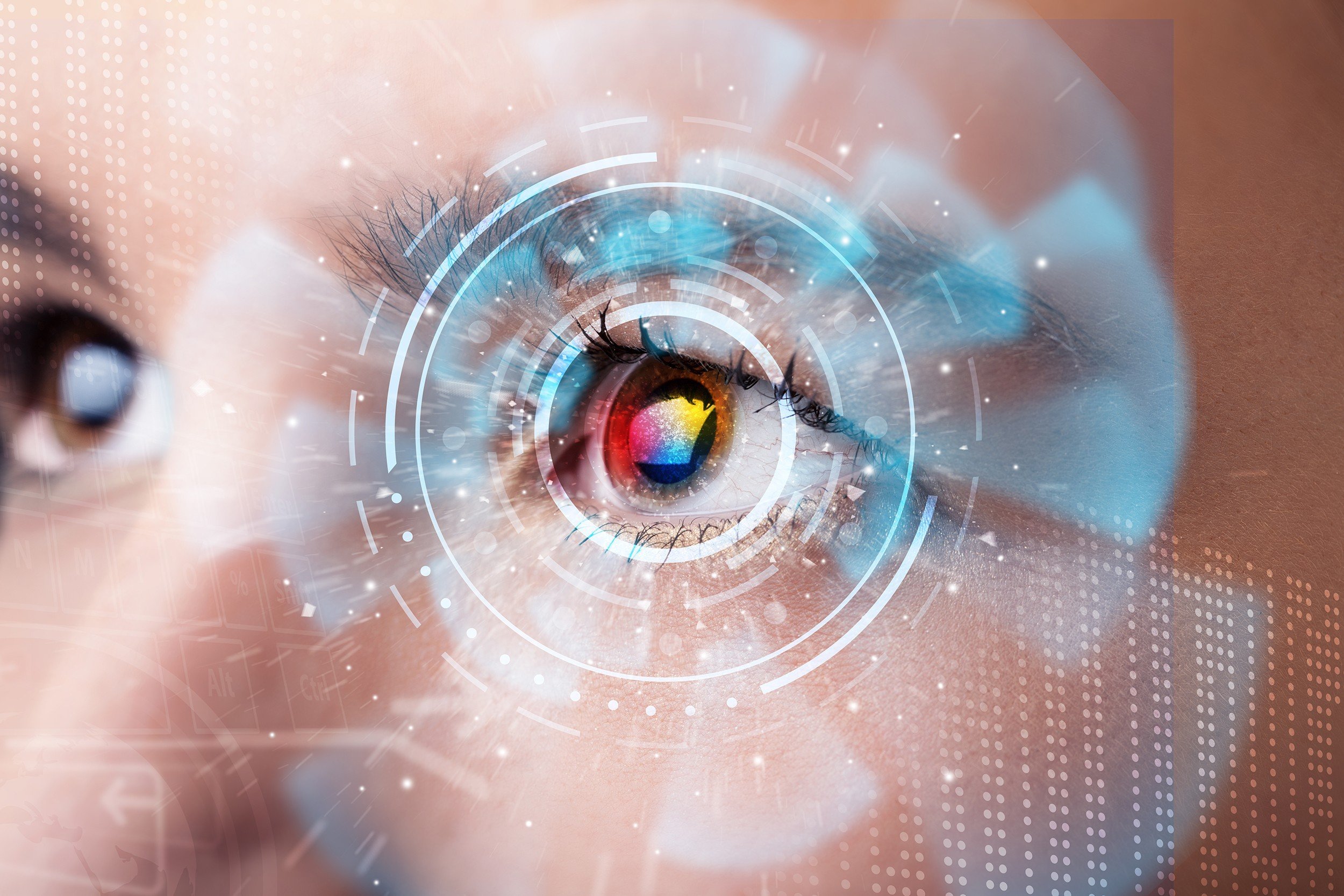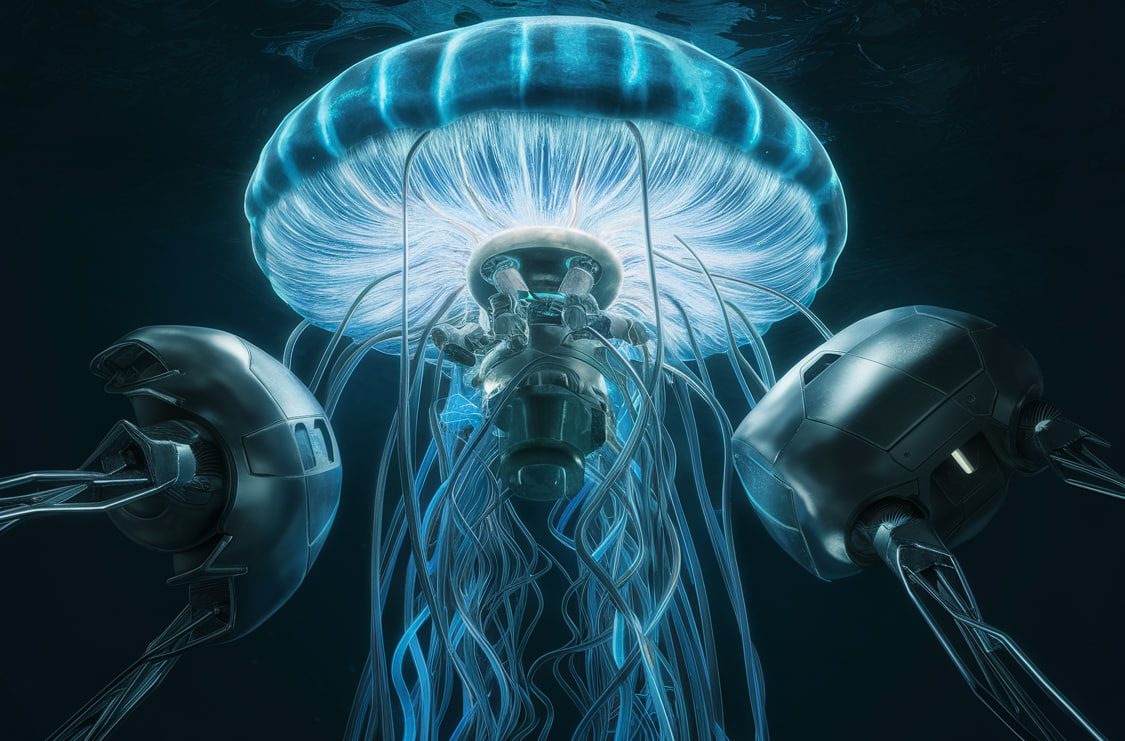An ingenious artificial intelligence system analyzing retinal scans can reportedly identify autistic children with staggering accuracy, even exceeding human diagnostic performance. By detecting patterns invisible to the naked eye, the Korean innovation promises radically enhanced autism screening and life-changing early intervention.
Autism’s subtle onset means most children lose crucial treatment time awaiting formal diagnosis by specialist doctors. But by recognizing autism’s hallmark neural atypicalities mirrored in retinal architecture, this AI assessment removes reliance on rare expert judgement. It also minimizes misdiagnoses stemming from human observational biases or subjective traditional metrics.
The breakthrough hinges on scrutinizing retina imagery using deep learning algorithms attuned to subtle structural signatures of autism through reams of training data. Though imperceptible to clinicians, aggregated machine insights discern microscopic anomalies reflecting autism’s neurological underpinnings.
Remarkably, just 10 percent of images containing the optic disc suffice for the AI to discriminate autistic subjects from 99 percent of neurotypical cases. By contrast, the best documented clinical diagnosticians still misclassify roughly 15 percent of cases. This performance edge even withstands variations in gender, age and symptom severity in tested groups.
Such accuracy and objectivity promises enormous clinical utility by standardizing autism screening globally. But it also underscores deep learning’s uncanny ability extracting insights from patterns entirely inscrutable to humans. Machines still cannot explain precisely which features underlie judgments. But their developing ability outpacing human senses has profound scientific and therapeutic implications.
For autism specifically, facile deep learning diagnoses enable transformative early supportive interventions improving outcomes versus late-detected cases. And assessing progression over time through frequent automated scans provides invaluable dynamic insights informing treatment. More speculatively, decrypting AI-discovered retinal motifs could uncover new neurological mechanisms further illuminating autism’s mysteries.
Despite its promise, several open questions temper unbridled enthusiasm. First, confirmations are needed assessing reliability across diverse ethnic populations and age groups. Retinal architecture evolves dramatically in early childhood, so diagnostic validity in very young subjects remains unproven. And while largely consistent across test groups so far, real-world variability may degrade accuracy absent specialized tuning.
Second, since behavioral assessments remain standard, alignment with accepted metrics needs validating in case retinal patterns and clinical symptoms show poor concordance. Finally, accessibility barriers may limit adoption since reliable imaging requires advanced equipment.
Nonetheless, the reported performance benchmarks set an exciting new bar for assistive AI matching or exceeding human ability on once-impenetrable frontiers. In that respect, autism diagnostics may prove one early win foreshadowing an automation renaissance liberating clinicians from repetitive tasks misaligned with expertise. Although never replacing human judgement entirely, such AI tools promise tremendously amplified insight democratized for underserved populations. Medicine may thus increasingly meld artificial and natural intelligence maximizing access and quality through synergistic human-machine partnerships.


















